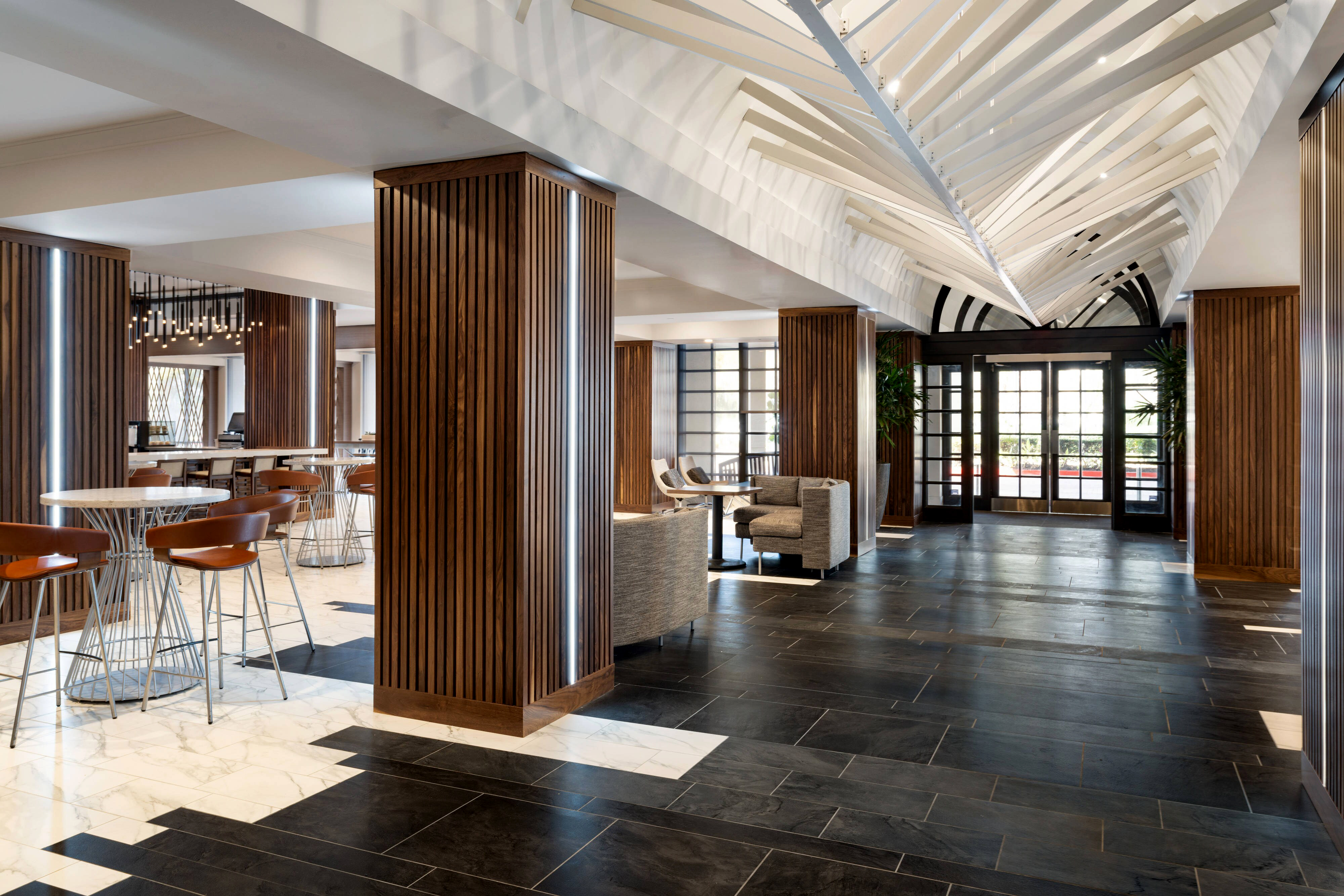Do not allow direct sunlight to shine on hotel solid wood dining tables. Prolonged exposure to sunlight can cause uneven fading, excessive drying of the wood, and lead to cracks, fading of rattan materials, and dryness. Additionally, avoid letting too much dust accumulate on the dining table. High-end solid wood dining tables made from materials such as mahogany, teak, oak, and walnut often feature exquisite carvings.

If they are not regularly cleaned of dust, fine dust can accumulate in small crevices, affecting their appearance. Dust is also a significant factor that can cause wooden hotel dining tables and chairs to age quickly. Therefore, it is essential to regularly clean hotel dining tables with a brush or vacuum cleaner and wipe them with a damp cloth and mild cleaner. Solid wood dining tables have become a fashionable choice in home decor, providing enjoyment while requiring proper maintenance. So, how should solid wood dining tables be maintained? Here are 11 tips for maintaining solid wood dining tables.

Maintenance Tips for Solid Wood Hotel Dining Tables:
For tables with significant dirt buildup, wipe them first with warm water and then clean with fresh water.
Handle the table gently to prevent damage to its structural design.
Apply high-quality wax to the surface; this not only protects it but also increases the shine.
Like all wooden furniture, solid wood dining tables are sensitive to high temperatures and direct sunlight, so it is crucial to avoid these conditions to prevent warping and maintain aesthetic appeal.
Keep the solid wood dining table clean by regularly wiping it with a clean cloth. Avoid using chemical polishers, as they may cause the finish to become sticky and damaged. To maintain the shine of the table’s finish, crush some walnuts, remove the shells, and use three layers of cheesecloth for polishing.

Solid wood dining tables can easily accumulate dust, so regularly clean the table. Use a slightly damp cloth to wipe along the grain of the table. For hard-to-reach corners, you can use a cotton swab (note: do not soak the wooden table in water; promptly dry it with a soft cloth).
Do not place solid wood dining tables near heat sources in the winter, and avoid excessive indoor temperatures. A comfortable temperature is when individuals can wear sweaters comfortably indoors. During the summer, frequently use the air conditioner to reduce humidity and prevent the wood from absorbing moisture, which can cause joints to swell and deform.

Wax the furniture every six months to a year for added protection. When moving solid wood dining tables, lift them instead of dragging them to avoid loosening the table’s structural integrity.
Avoid hitting the surface of the solid wood dining table with heavy objects or cutting items on it to prevent surface damage. Heavy items should not be placed directly on the tabletop or edge, as this can cause instability or even cracking of the table legs.

When moving solid wood dining chairs and tables, it is advisable to have two people lift them together, ensuring gentle handling. Avoid pulling or dragging. When moving, do not turn the entire piece; instead, disassemble gently if needed. After moving, tighten any connecting fixtures to ensure stability; do not arbitrarily disassemble or alter components.
Avoid placing beverages, chemical agents, or hot objects on the surface of the solid wood dining table to protect the natural color of the wood surface.
In the event that soup or sauce drips onto the solid wood dining table and causes discoloration, you can use a hot cloth to wipe away the spill, followed by a coarse cloth to remove the discolored area, and then use a dye to repair the affected spot.
